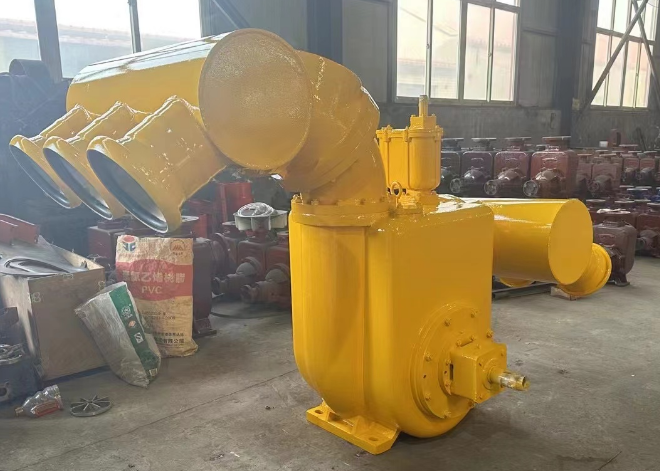Technical characteristics and maintenance points of large pumps
The technical characteristics of large pumps determine their important application value in specific fields, and scientific maintenance is the key to ensure their long-term stable operation. The technical characteristics and maintenance points of large pumps can be summarized as follows:
1. Technical characteristics
Large flow and large head: Large pumps are designed to transport large amounts of fluids. Their flow rate far exceeds that of ordinary pumps, and their head is high, which can meet the needs of long-distance or high-level transportation.
High efficiency: Through optimized design and material selection, large pumps have higher efficiency in the transportation process and can effectively reduce energy consumption.
Corrosion resistance and wear resistance: For specific media (such as chemical media, sewage, etc.), large pumps often use special materials that are corrosion-resistant and wear-resistant to extend service life and improve reliability.
Complex structure: Large pumps often have complex internal structures to meet the needs of various working conditions, which increases the difficulty of manufacturing and maintenance.
2. Maintenance points
Regularly check the lubricant: Since impurities may enter the oil tank during operation, the quality and oil level of the lubricant must be checked frequently to ensure the normal operation of the pump. After the new pump is put into use, the oil should be changed regularly to remove foreign matter in the initial operation.

Monitor vibration and temperature: vibration and bearing temperature rise are important indicators of pump operation status. If the vibration exceeds the allowable value, the pump should be stopped and checked immediately. The bearing temperature should be controlled within a reasonable range to avoid overheating and damage.
Pay attention to sound and leakage: the sound and leakage during the operation of the pump are also important bases for judging its status. Abnormal sound and leakage may indicate that there is a problem inside the pump, and the cause must be found and dealt with in time.
Regular maintenance of parts: key parts such as pump housing, base, bearings and couplings need to be inspected and maintained regularly to prevent loosening, corrosion and damage. Special glue or sealant can be used for reinforcement and sealing.
Shutdown maintenance: The pump also needs necessary maintenance during shutdown, such as draining the water in the pump and pipeline to prevent freezing and cracking, replacing lubricating oil, etc. For pumps that have been out of service for a long time, more detailed maintenance is required, such as cleaning internal parts and applying anti-rust oil.




